LED-strip verlichting worden steeds populairder voor accent-, taak- en sfeerverlichting in diverse toepassingen, omdat ze flexibel en energie-efficiënt zijn en een lange levensduur hebben.
Maar de flexibiliteit wordt beperkt door de stroomvoorziening, omdat u de strips altijd moet aansluiten op AC110V of 230V via de stroomvoorziening.
Bent u moe van het omgaan met verwarde snoeren en beperkte mobiliteit met uw LED strips? Haat je de lelijke draden die door je meubels of vloeren komen van je strips naar het stopcontact? Wilt u meer van dit soort werk doen?
Kun je LED strip van stroom voorzien met een batterij?
Wist je dat het is mogelijk om LED-strips van stroom te voorzien met batterijen? Dit opent een wereld van nieuwe mogelijkheden voor de verlichting van uw ruimte, of het nu gaat om een feest, een kampeertocht of andere openluchtevenementen.
Stelt u zich eens voor dat u gemakkelijk overal LED-strips kunt plaatsen zonder het gedoe van het vinden van een stopcontact of het omgaan met lelijke stroomkabels. Is het niet geweldig?
In deze blogpost leggen we uit hoe en welke batterijen u moet kiezen en hoe u uw strips met batterijen verbindt, samen met andere tips en overwegingen om in gedachten te houden. Met wat algemene kennis en eenvoudige materialen geniet u in een mum van tijd van de flexibiliteit en het gemak van LED-strips op batterijen.
Laten we er meteen in duiken!
What are the requirements for LED strip light battery?
Er zijn twee belangrijke vereisten voor batterijen om LED-strips van stroom te voorzien: De eerste is spanning, de tweede is wattage. Laten we ze een voor een uitleggen.
Spanning
De meeste LED-striplampen op de markt zijn ofwel 12V of 24V. U moet de spanning afstemmen op het vermogen van de strips wanneer u batterijen kiest. Ik stel voor flexibele LED-strips van 12V te kiezen om de keuze van batterijen eenvoudiger te maken.
Hieronder volgt een eenvoudig voorbeeld: Als je een 9V batterij gebruikt om een 12V strip van stroom te voorzien, zal de LED strip niet zo helder zijn als hij zou moeten zijn. Als u echter een 16V batterij gebruikt om een 12V strip te belichten, zal het vermogen op de LED's zo groot zijn dat de strip veel helderder zal zijn dan hij zou moeten zijn. Bij langdurig gebruik kan de overbelasting de LED's gemakkelijk beschadigen.
Kortom, niet te veel of te weinig vermogen voor LED-strips. Het afstemmen van de spanning is de beste oplossing.
Wattage
Hierboven begrijpt u duidelijk hoe belangrijk spanning is voor LED-strips. Het garandeert de goede werking van LED-strips. Dan komen we bij het wattage, dat van cruciaal belang is om te bepalen hoe lang de LED-strips op uw accu zullen werken.
Voordat u LED-strips van leveranciers koopt, moet u al de nodige technische gegevens van leveranciers hebben, waaronder het totale wattage en het wattage per meter. Wanneer u de strips in handen krijgt, zal het gemakkelijker zijn om alle gedetailleerde specificaties op de verpakking te zien.
Hieronder vindt u een voorbeeld van onze LED strip specificaties:
Unitop High-Density LED Strip Model: UTFS-HD2835-080 is 7.2W/M. Dus één rol van deze LED-strip is 5M, wat 7.2*5 totaal 36W is.
Zodra u het totale vermogen van de strips weet, kunt u berekenen hoe lang de batterij ze kan laten branden. De gedetailleerde berekening zullen we later in dit artikel uitleggen.
Andere batterijvereisten
1. Maat
LED-strips worden vaak gebruikt in toepassingen met beperkte ruimte, dus moet u wellicht batterijen kiezen die klein genoeg zijn om in de beschikbare ruimte te passen.
2. Type
Voor LED-strips kunnen verschillende soorten batterijen worden gebruikt, waaronder alkaline, lithium en nikkel-metaalhydride (NiMH). Elk type heeft zijn eigen kenmerken, zoals capaciteit en ontladingssnelheid, dus u moet degene kiezen die het meest geschikt is voor uw toepassing.
3. Levensduur van de batterij
De levensduur van een batterij wordt meestal gemeten aan de hand van het aantal laad- en ontlaadcycli dat de batterij kan ondergaan voordat hij het einde van zijn nuttige levensduur bereikt. U moet batterijen met een lange levensduur kiezen als u de LED-strip gedurende een langere periode wilt laten werken.
How to choose suitable LED strip battery?
Er zijn vele soorten batterijen op de markt. De meest typische zijn de volgende:
3V knoopcelbatterij
A 3V knoopcelbatterij is een soort kleine, ronde batterij die gewoonlijk wordt gebruikt om kleine elektronische apparaten zoals horloges, rekenmachines en afstandsbedieningen van stroom te voorzien. Ze staan ook bekend als knoopcel- of muntcelbatterijen en zijn meestal gemaakt van lithium, alkaline (mangaandioxide) of zilveroxide. Muntcelbatterijen zijn ontworpen voor gebruik in apparaten die een kleine, compacte energiebron nodig hebben en worden gewoonlijk gebruikt in apparaten die gedurende langere tijd met minimaal onderhoud van stroom moeten worden voorzien.
1,5V AA/AAA Alkaline batterij
EEN 1,5V AA/AAA Een alkalinebatterij is een soort kleine, cilindervormige batterij die vaak wordt gebruikt in elektronische apparaten zoals zaklampen, radio's en rekenmachines. Alkalinebatterijen staan bekend om hun hoge energie-gewichtsverhouding en hebben een spanning van 1,5V. Ze worden gemaakt met behulp van een alkalische elektrolyt en gebruiken meestal zilveroxide en zink in hun elektroden.
De meeste alkalinebatterijen zijn niet ontworpen om opnieuw te worden opgeladen en moeten worden vervangen wanneer ze niet langer voldoende stroom leveren. De nominale spanning van AA en AAA batterijen is 1,5V, en deze batterijen worden vaak gebruikt in kleine elektronische apparaten. De energie van deze batterijen zal doorgaans afnemen tijdens hun levensduur.
3.7V oplaadbare batterij
A 3,7V oplaadbare batterij is een type batterij dat is ontworpen om meerdere keren te worden opgeladen en gebruikt. Deze batterijen worden vaak gebruikt in elektronische apparaten zoals smartphones, tablets en draagbare luidsprekers en zijn meestal gemaakt van lithium-ion of lithium-polymeer. Het voltage van een 3,7V oplaadbare batterij verwijst naar het potentiaalverschil tussen de positieve en negatieve polen en is essentieel voor het bepalen van de hoeveelheid stroom die de batterij kan leveren.
Oplaadbare batterijen van 3,7 V worden veel gebruikt in draagbare elektronische apparaten omdat ze een grote hoeveelheid energie kunnen opslaan in een kleine, lichte behuizing. Ze kunnen ook een hoge stroom leveren, wat nodig is om apparaten met hoge vermogensvereisten van stroom te voorzien.
9V Alkaline batterij
A 9V alkalinebatterij is een soort cilindervormige batterij die vaak wordt gebruikt om kleine elektronische apparaten zoals rookmelders, koolmonoxidemelders en draagbare radio's van stroom te voorzien. Deze batterijen zijn meestal gemaakt van zink-koolstof of zink-mangaandioxide en hebben een spanning van 9V.
Alkalinebatterijen staan bekend om hun hoge energie-gewichtsverhouding en kunnen gedurende langere tijd een constante spanning leveren. 9V alkalinebatterijen worden vaak gebruikt in apparaten die een hoge stroomsterkte vereisen, omdat ze een grote hoeveelheid stroom kunnen leveren in een klein, lichtgewicht pakket. Het is belangrijk om te weten dat 9V alkaline batterijen niet oplaadbaar zijn en vervangen moeten worden als ze niet meer voldoende stroom leveren. De levensduur van een 9V alkalinebatterij hangt af van het specifieke model en de hoeveelheid gebruik. Sommige 9V alkalinebatterijen gaan meerdere jaren mee, terwijl andere maar een paar maanden meegaan.
12V oplaadbare lithiumbatterij
Een 12V oplaadbare lithiumbatterij is een type batterij dat is ontworpen om meerdere keren te worden opgeladen en gebruikt. Deze batterijen worden vaak gebruikt in elektronische apparaten zoals elektrisch gereedschap, elektrische fietsen en scooters en zijn meestal gemaakt van lithium-ion of lithium-polymeer. Het voltage van een oplaadbare lithiumbatterij van 12 V verwijst naar het potentiaalverschil tussen de positieve en negatieve pool en is belangrijk bij het bepalen van het vermogen dat de batterij kan leveren.
12 V oplaadbare lithiumbatterijen worden veel gebruikt in draagbare elektronische apparaten omdat ze een grote hoeveelheid energie kunnen opslaan in een klein, lichtgewicht pakketje. Ze kunnen ook een hoge stroom leveren, wat nodig is voor apparaten die veel stroom nodig hebben.
Hieronder staan de voor- en nadelen van elk type batterij:
| Batterijtype | Voordelen | Nadelen |
|---|---|---|
| 3V knoopcelbatterij | Klein en compact formaat, lange houdbaarheid en lage zelfontladingssnelheid, op grote schaal beschikbaar en relatief en goedkoop. | Beperkte capaciteit, niet oplaadbaar, niet geschikt voor LED-strips omdat ze moeilijk aan elkaar te koppelen zijn. |
| 1,5V AA/AAA Alkaline batterij | Op grote schaal verkrijgbaar en relatief goedkoop, hoge energie-gewichtsverhouding, lange houdbaarheid en lage zelfontladingssnelheid. | Niet oplaadbaar, beperkte capaciteit vergeleken met andere soorten batterijen. |
| 3.7V oplaadbare batterij | Oplaadbaar, milieuvriendelijker en bespaart geld op de lange termijn, hoge capaciteit en hoge stroomafgifte | Vereisen mogelijk speciale opladers, hebben mogelijk een kortere levensduur. |
| 9V Alkaline batterij | Op grote schaal verkrijgbaar en relatief goedkoop, geschikt voor het voeden van apparaten die een hoger voltage, lange houdbaarheid en lage zelfontladingssnelheid vereisen. | Niet oplaadbaar. Eén batterij kan de 12V-strip niet volledig voeden, en twee batterijen in serie zullen de 12V-strip overbelasten. |
| 12V oplaadbare lithiumbatterij | Oplaadbaar kan meerdere keren worden gebruikt, hoge capaciteit en hoge stroomafgifte. | Hebben mogelijk speciale opladers nodig, hebben een kortere levensduur en zijn duurder dan sommige andere soorten batterijen. |
Welke batterijen zijn het beste voor LED-verlichtingsstrips?
Van alle bovenstaande batterijen vind ik de 12V oplaadbare lithiumbatterij het mooist, omdat deze 12V levert, hetzelfde als de LED-strip. Hij is oplaadbaar, maar wel duurder. Ik kies geen 9V Alkaline batterij omdat de LED dan niet volledig brandt. Ik kies geen 3V Coin Cell batterij, omdat het moeilijk is om ze aan elkaar te koppelen. Ik kies een AA/AAA Alkalinebatterij van 1,5V of een oplaadbare batterij van 3,7V, afhankelijk van mijn behoeften. p.s.: Als we AA-batterijen van 1,5V kiezen, hebben we een batterijdoos nodig om acht batterijen aan te sluiten, aangezien 1,5*8=12V precies het voltage van de LED-strip is. Als we kiezen voor 3,7V batterijen, hebben we ook een batterijdoos nodig om drie batterijen aan te sluiten omdat 3,7*3=11,1V, wat het dichtst bij het voltage van de 12V LED strip ligt.
Hoe lang kan een LED stripverlichting op batterijen werken?
Om de werktijd van de beste LED stripverlichting op batterijen te berekenen, moet je de batterijcapaciteit en het stroomverbruik van de LED strip kennen.
Wat we bijvoorbeeld hebben:
Een 12v accu voor LED-lampjes met een capaciteit van 12.000mAh
Eén rol Unitop LED-strip UTFS-HD2835-080, 7,2W/M, 5M totaal 36W
Laten we eens berekenen hoe lang een 12V-batterij een LED-strip van stroom kan voorzien:
Ten eerste: Bereken de stroomsterkte van de hele 5M strips in mA:
Het totale wattage van de strips gedeeld door de spanning van de strips om de stroom in A te krijgen, vervolgens vermenigvuldigd met 1000 om de totale stroom in mA te krijgen.
36W/12V*1000=3000mA
Ten tweede: Verkrijg de werktijd:
Deel de capaciteit van de batterij door de totale stroom van de LED-strip in mA.
12.000mAh/3000mA=4 uur.
Dus de werktijd voor het gebruik van een 12.000mAh batterij om een 5M LED stripverlichting van in totaal 36W van stroom te voorzien is 4 uur.
Zie je wel? Het is zo'n gemakkelijke berekening.
Hier zijn nog een paar voorbeelden:
| Unitop LED Strips | Totaal vermogen | Totaal Huidig | Batterijcapaciteit | Werktijd |
|---|---|---|---|---|
| 12V COB LED Strip 3 meter, UTFS-PSCOB420 | 10W*3=30W | 30W/12V*1000=2500mA | 12 V batterij totaal 12.000 mAh | 12.000mAh/2500mA=4,8 uur |
| 12V COB LED Strip 3 meter, UTFS-PSCOB420 | 10W*3=30W | 30W/12V*1000=2500mA | 8 stuks 1,5V AA met hoge capaciteit, totaal 19200mAh | 19.200mAh/2500mA=7,68 uur |
| 12V Hoge dichtheid LED Strip 3meter, UTFS-HD2835-160 | 14,4W*3=43,2W | 43.2W/12V*1000=3600mA | 12 V batterij totaal 12.000 mAh | 12.000mAh/3600mA=3,33 uur |
| 12V Hoge dichtheid LED Strip 3meter, UTFS-HD2835-160 | 14,4W*3=43,2W | 43.2W/12V*1000=3600mA | 8 stuks 1,5V AA met hoge capaciteit, totaal 19200mAh | 19.200mAh/3600mA=5,33 uur |
| 12V Top Bed LED Neon Flex 2Meters, UTNF-TB1005 | 8W*2=16W | 16W/12V*1000=1333mA | 12 V batterij totaal 12.000 mAh | 12.000mAh/1333mA=9 uur |
| 12V Top Bed LED Neon Flex 2Meters, UTNF-TB1005 | 8W*2=16W | 16W/12V*1000=1333mA | 8 stuks 1,5V AA met hoge capaciteit, totaal 19200mAh | 19.200mAh/1333mA=14,4 uur |
Hoe sluit ik LED-stripverlichting aan op een accu?
Niets is eenvoudiger dan LED-stripverlichting aansluiten op een 12v-batterij.
Stap 1: Zoek de positieve en negatieve pool van de batterij:
Gewoonlijk staat er een teken op elke aansluiting. "+" betekent positief en "-" betekent negatief.
Stap 2: Zoek de positieve en negatieve aansluitingen voor LED-strips:
Je kunt de polariteit aflezen aan de labels op de draad of aan de draadkleuren. Meestal zitten er labels op elke draad van de strips. Je kunt positief ( + ) en negatief ( - ) op de labels zien. Ondertussen betekent rode draad positief ( + ), terwijl zwarte draad negatief ( - ) betekent.
Stap 3: Verbinding:
Sluit de positieve ( + ) batterij aan op de positieve ( + ) strip en sluit de negatieve ( - ) batterij aan op de negatieve ( - ) strip.
Stap 4: Test de LED-stripverlichting om er zeker van te zijn dat ze goed werken:
Als de LED-stripverlichting niet werkt zoals verwacht, controleer dan je aansluitingen en zorg ervoor dat je de juiste batterij gebruikt.
Hoe sluit je RGB LED-stripverlichting aan op een accu?
De aansluiting van LED-strips op batterijen met afstandsbediening is vergelijkbaar, behalve dat er een controller tussen de batterij en de strips zit. De controller wordt gebruikt om de kleurverandering van de LED-strips te regelen.
Sluit de controller aan op de batterij
Stap 1: Zoek de positieve en negatieve pool van de accu: Gewoonlijk staat er een teken op elke pool van de accu. "+" betekent positief en "-" betekent negatief.
Stap 2: Zoek de positieve en negatieve aansluitingen voor de controller: Gewoonlijk staat er een teken op elke klem van de controller. "+" betekent positief en "-" betekent negatief.
Stap 3: Sluit de pluspool van de batterij ( + ) aan op de pluspool van de regelaar ( + ) en sluit de minpool van de batterij ( - ) aan op de minpool van de regelaar ( - ).
Sluit de controller aan op de strips
Stap 1: Zoek de positieve en gekleurde aansluitklemmen voor de controller: Gewoonlijk staat er een teken op elke klem van de controller. "+" betekent positief, "R" betekent rood, "G" betekent groen en "B" betekent blauw.
Stap 2: Zoek de positieve en gekleurde aansluitingen voor LED strips: Je kunt de polariteit aflezen aan de labels op de draad of aan de draadkleuren. Meestal zitten er labels op elke draad van de strips. Je kunt beschrijvingen op de labels zien. Ondertussen betekent zwarte draad positief ( + ), "R" betekent rode draad, "G" betekent groene draad en "B" betekent blauwe draad.
Stap 3: Sluit de positieve ( + ), R, G, B-klemmen van de regelaar aan op de positieve ( + ), R, G, B-draden van de strip.
Stap 4: Test de LED-stripverlichting om er zeker van te zijn dat ze goed werken. Controleer de aansluitingen tussen de batterij, de controller en de strips als de LED-stripverlichting niet werkt zoals verwacht. En zorg ervoor dat je de juiste batterij gebruikt.
Tips en trucs voor het aansluiten van LED-strips op batterijen
Om de aansluiting nog eenvoudiger te maken, koop je een LED-strip met een DC-aansluiting en vervolgens een batterijdoos of batterijpack met DC-uitgang. Je hoeft hem alleen maar aan te sluiten. Dan zal het goed werken.
Als je kiest voor LED strips met a. open draden. b. soldeerloze connector of c. blootliggende koperen pads. Kies geschikte connectoren voor eenvoudige aansluiting.
Hoe verleng je de levensduur van de batterij?
Een aan/uit-schakelaar toevoegen
Je zet hem aan als je de strips gebruikt en zet hem uit als dat niet nodig is. Zo bespaar je energie en gaan de batterijen langer mee.
Een dimmer toevoegen
Een dimmer gebruiken om de LED-strips te dimmen kan een goed idee zijn als je de strips donkerder wilt hebben. Een lagere helderheid helpt om het stroomverbruik te verlagen, waardoor je uiteindelijk langer met batterijen kunt doen.
Kies LED-strips met een lager wattage
Het is niet nodig om altijd de helderste of de LED strips met het hoogste wattage te kiezen, omdat deze meer stroom verbruiken. Kies gewoon LED strips met voldoende helderheid en wattage, afhankelijk van wat je nodig hebt.
Verklein de lengte van LED-strips
Als je alleen 1M strips kunt kiezen, kies dan geen 2M strips, kortere LED strips zorgen ervoor dat de batterij langer meegaat.
Kan ik een 12V LED-strip aansluiten op een autoaccu?
Ja, dat kan. Je zult echter een spanningsregelaar moeten gebruiken om ervoor te zorgen dat de LED-strip de juiste spanning-12V krijgt. De accu van de auto heeft meestal een spanning van ongeveer 12-14V, soms stijgt hij tot meer dan 14,7V of daalt hij tot 11V. Dit is erg onstabiel. De spanning is te hoog om de LED-strip te beschadigen of te laag om voldoende spanning aan de strips te leveren.
Een spanningsregelaar helpt om de spanning van de autoaccu te verlagen naar het juiste niveau voor de LED-strip, namelijk 12V.
Om de LED-strip aan te sluiten op de accu van de auto, moet je draad gebruiken met een dikte die voldoende is voor de stroom die de LED-strip trekt. Je moet er ook voor zorgen dat de aansluitingen goed vastzitten en goed geïsoleerd zijn om kortsluiting of ongelukken te voorkomen. Het is altijd een goed idee om een zekering of stroomonderbreker in het circuit te gebruiken om de LED-strip en de accu te beschermen tegen schade in geval van overbelasting.
Het is belangrijk om te weten dat de accu van de auto na verloop van tijd ontlaadt als deze is aangesloten op de LED-strip, dus je moet het accuniveau in de gaten houden en zo nodig opladen om te voorkomen dat de accu leeg raakt. Je moet ook oppassen dat je de batterij niet te veel leeg laat lopen, want dit kan de batterij beschadigen en de levensduur verkorten.
Is het veilig om LED-stripverlichting van stroom te voorzien met batterijen?
Het is absoluut veilig om LED strips met batterijen te gebruiken zolang je de juiste batterijen en LED strips hebt gekozen in combinatie met een professionele en correcte installatie.
Conclusie
Using batteries to power LED strips, known as “battery LED strip lights” or “battery powered LED light strips,” offers a convenient solution for lighting applications where access to electrical outlets is limited. This approach grants the flexibility to illuminate areas otherwise difficult to light. However, selecting the right batteries is crucial to ensure they possess adequate capacity to sustain the LED strip for the intended duration. By adhering to these guidelines, you can maximize the advantages of battery-powered LED lighting strips.
Als je andere ideeën hebt over stroom LED-strips met batterijen, of heb je speciale verlichtingsprojecten waarvoor aangepaste LED-strips voor batterijen nodig zijn, aarzel dan niet om contact op te nemen met laat het ons wetenstaan we altijd klaar om te helpen.
Gerelateerd artikel
Laat een reactie achter
Wil je meedoen aan de discussie?Voel je vrij om bij te dragen!
Geef een reactie

Tom is nu de Sales Manager van Unitop (China) Co.. Hij is in de LED Verlichting industrie sinds 2005. Hij is een expert in verkoop & marketing, en fabrieksmanagement. Hij houdt van bodybuilding, en hij is ook een gekke Apple-fan! Hij is een hardwerkende man en houdt ervan te leren en nieuwe dingen te proberen.
Email: tom@unitopledstrip.com WhatsApp: +86-18680307140

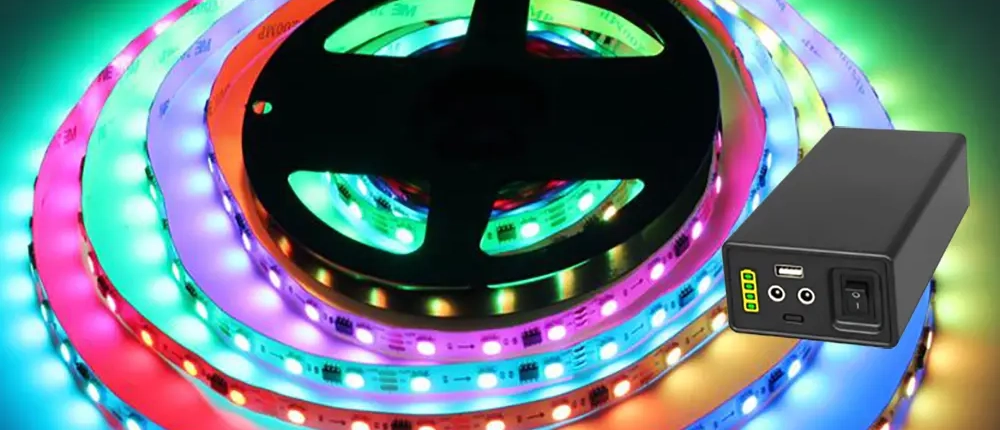
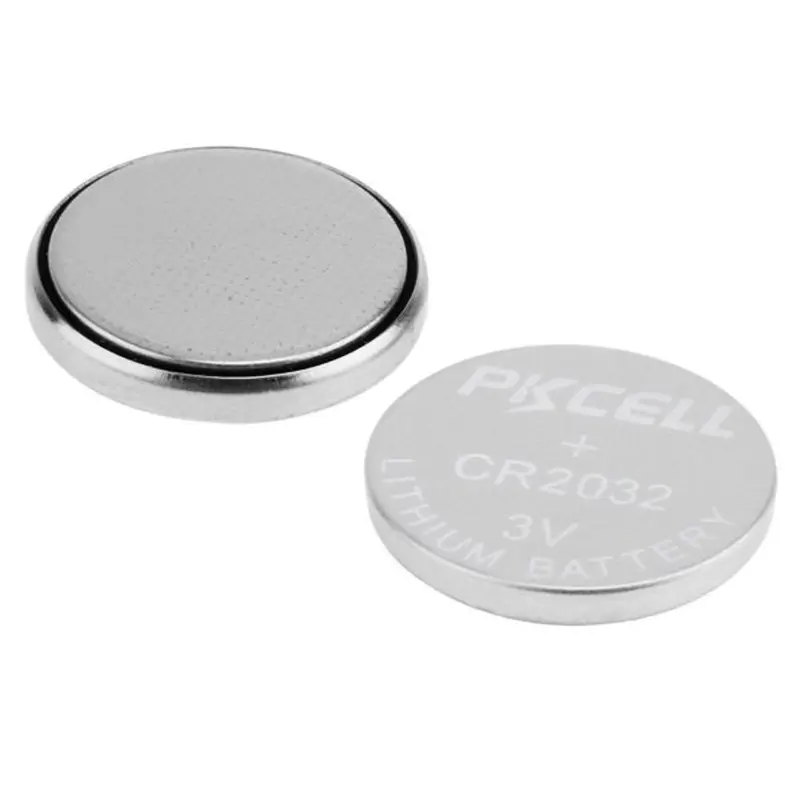
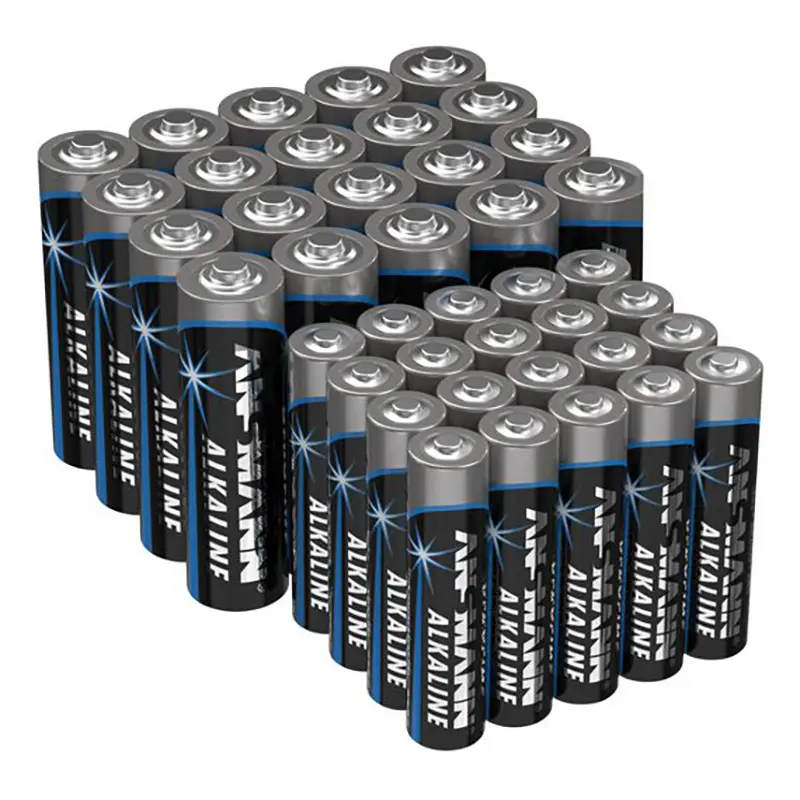
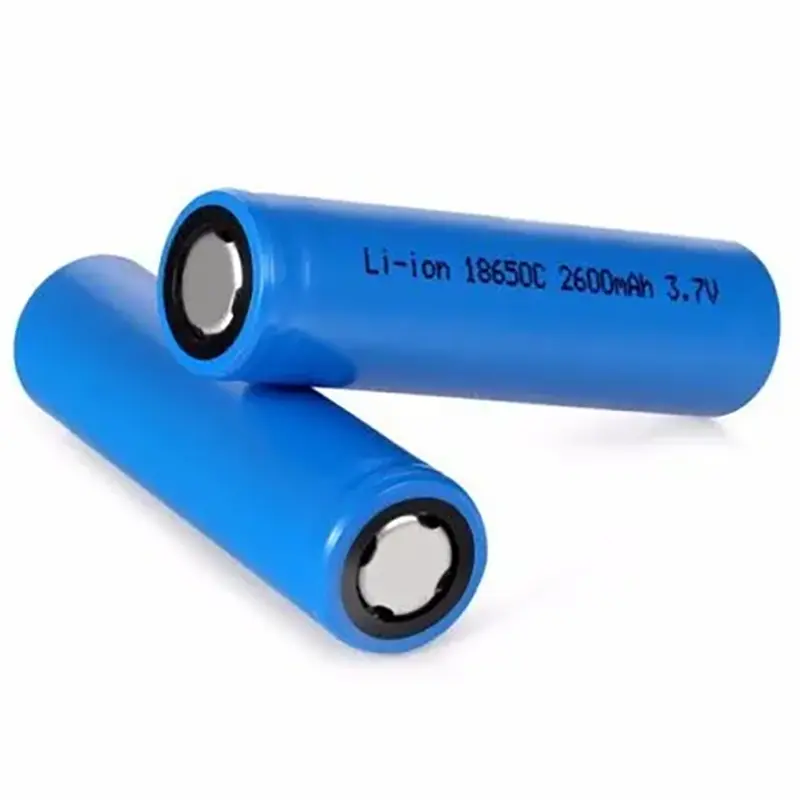
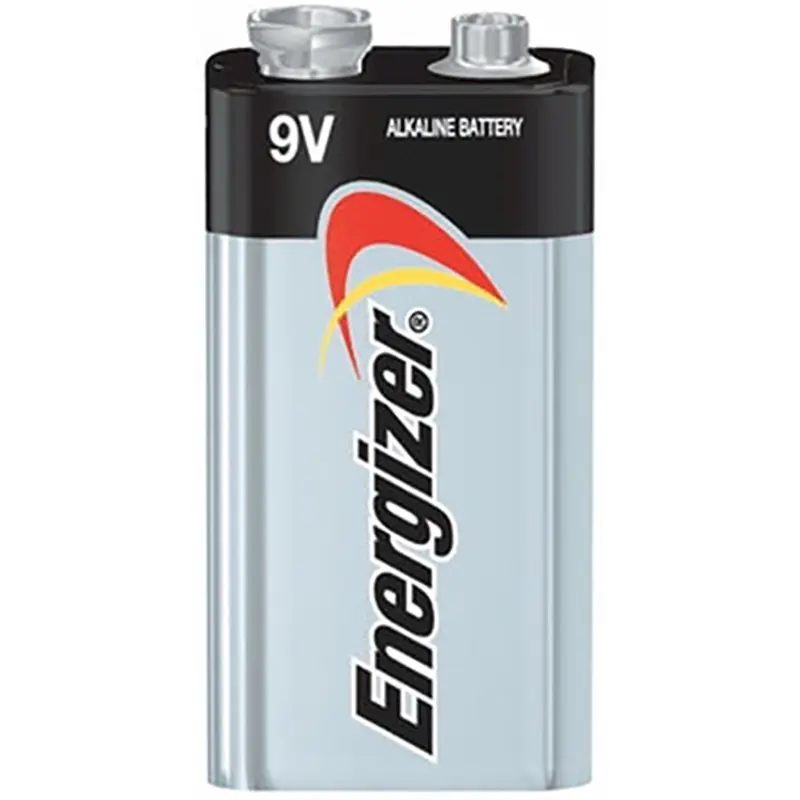
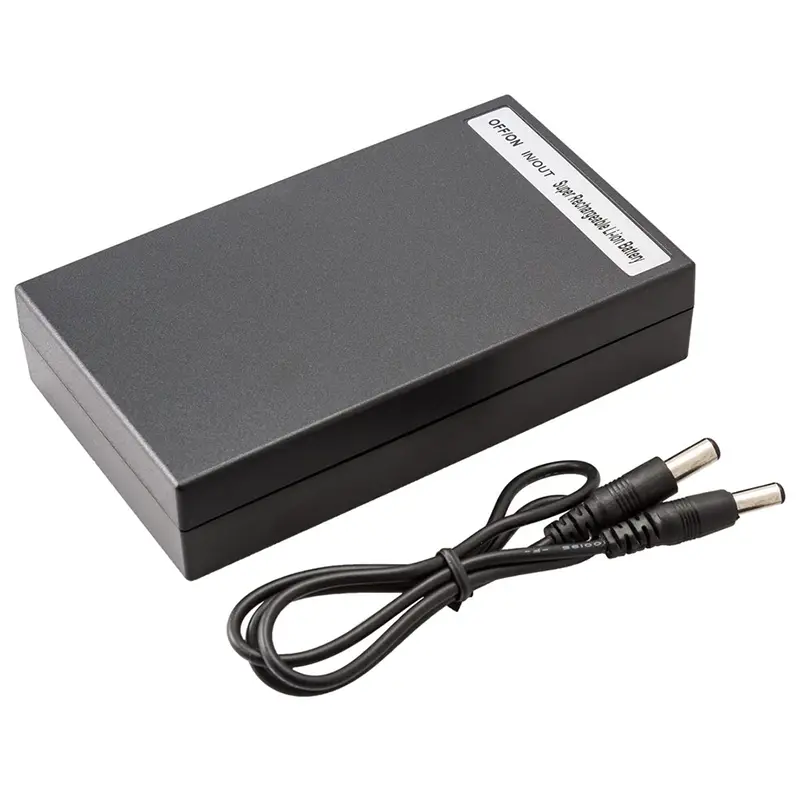
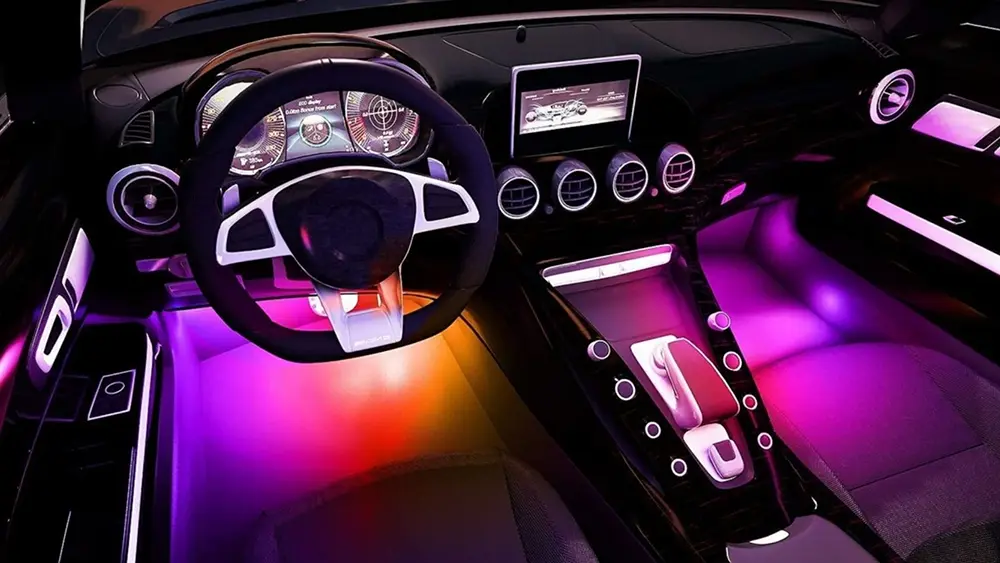


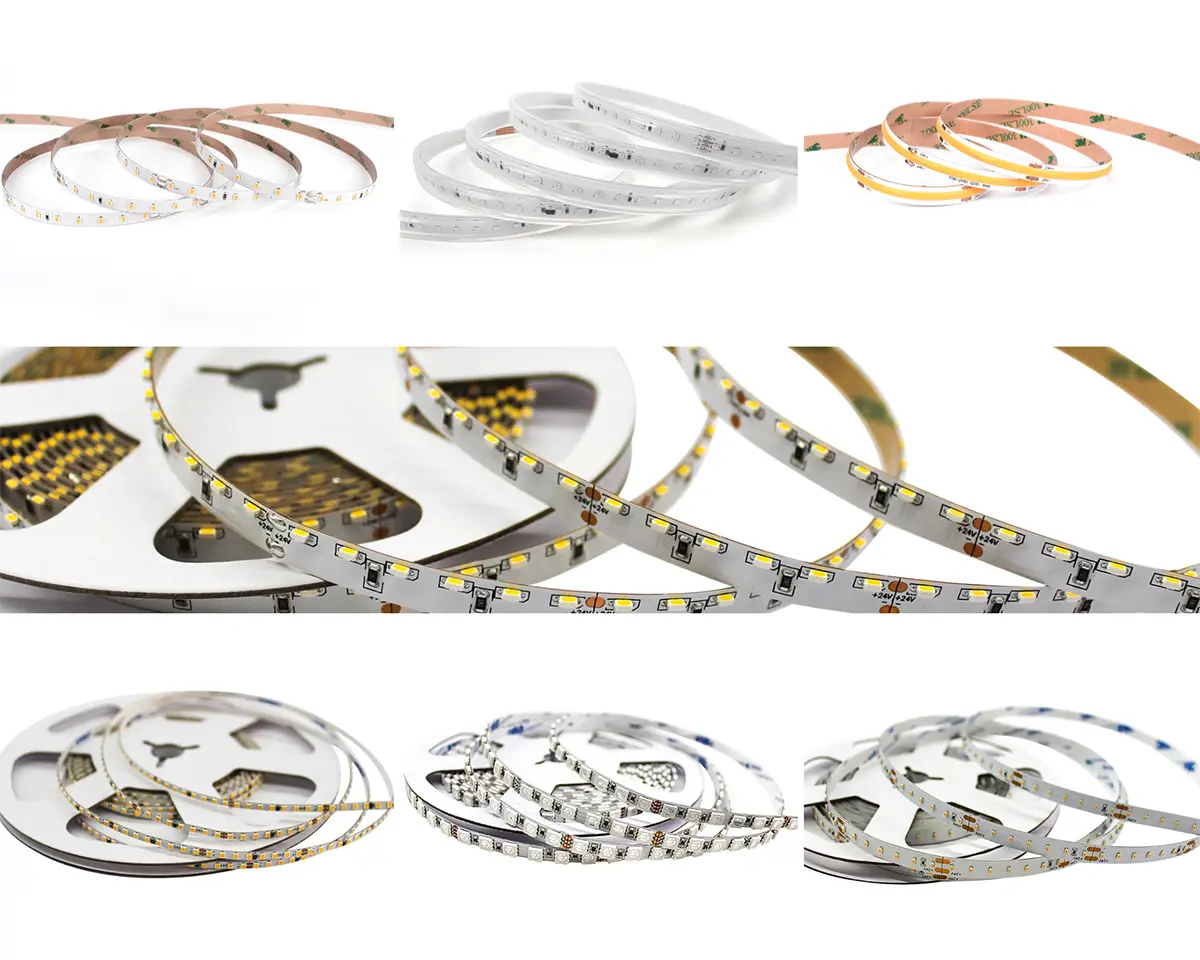
Ik verwelkom al uw meningen.